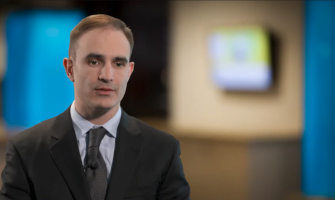IMPORTANT INFORMATION: These materials are intended to describe common clinical considerations and procedural steps for the use of referenced technologies but may not be appropriate for every patient or case. Decisions surrounding patient care depend on the physician’s professional judgment in light of all available information for the case at hand. Boston Scientific (BSC) does not promote or encourage the use of its devices outside their approved labeling.
All the images and videos are being provided for healthcare professional use only. This information does not constitute medical or legal advice, and Boston Scientific makes no representation regarding the medical benefits included in this information. Boston Scientific strongly recommends that you consult with your physician on all matters pertaining to your health.
These videos are intended for educational purposes. The material is graphic and intended for viewing only by healthcare professionals.
Results from case studies are not necessarily predictive of results in other cases. Results in other cases may vary.
This educational video was produced in cooperation with the physician.
Caution: U.S. Federal law restricts these devices to sale by or on the order of a physician.
All trademarks are the property of their respective owners.
2023 Copyright © Boston Scientific Corporation or its affiliates. All rights reserved.

